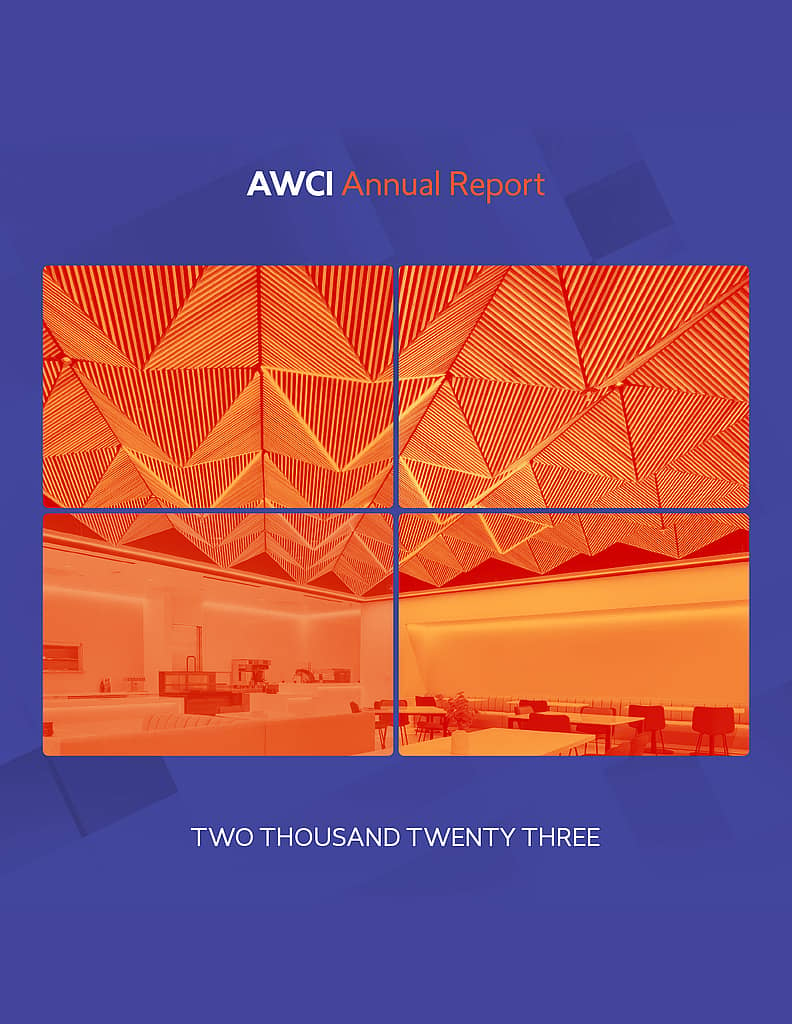Apartment production has returned to pre-recession levels and vacancies are low, but more new apartment homes are needed, according to experts participating in a Jan. 22 press conference.
Young people are eager to move out of their parents’ homes, and growing families want to move into a larger home or apartment. “Research shows that 22 percent of young adults—ages 25 to 34—still live with their parents, a trend that will continue to create a drag on household formation in 2020–2025,” according to NAHB economist Danushka Nanayakkara-Skillington, assistant vice president of forecasting and analysis. “That group’s challenges in looking for an apartment can be attributed to student debt, rising rents or even competition with seniors who opt to downsize to a smaller home or apartment.”
Multifamily housing starts leveled off in 2018 in response to higher building materials costs, the need to pay higher wages to attract and keep skilled workers, as well as regulatory costs that make up a third of total multifamily building costs. Rents rose along with costs, resulting in more luxury communities and fewer affordable apartments.
Developers have continued to respond to demand by building more apartments, predominately in urban areas. In 2017 and 2018, most rentals were communities with more than 50 units. In 2019, multifamily starts were at 116 percent of the national average. While condominiums might seem to be a good response for demand, developers have not significantly ramped up condo production.
In spite of significant problems such as building materials prices, a shortage of skilled labor and local and federal regulatory constraints, rental production is expected to continue at near-present levels, with a 1 percent increase in 2020 and a 4 percent increase in 2021. The expected increase is in part because young people and retirees look to apartment living as a more affordable, low-maintenance option—preferably in walkable neighborhoods with opportunities for entertainment, services and social activities that suit their needs.
“Apartment developers and designers are incorporating features into their communities like coffee bars, rooftop cafes and bars, bowling, indoor basketball and more,” said Sanford Steinberg, founding principal of the Steinberg Dicky Collaborative in Houston and Austin, Texas. “The goal is to attract and retain the renters and ‘renters-by-choice’ who prefer a stimulating lifestyle in a great apartment community that offers all the amenities they are accustomed to in the home they lived in or strive to obtain.”
While increasing numbers of millennials are purchasing single-family homes, pushing the homeownership rate back up to 64.8 percent, home prices continue to hinder some millennials who then opt to rent. While rental rates are growing more slowly as supply increases, rents are expected to continue to rise in 2020.







